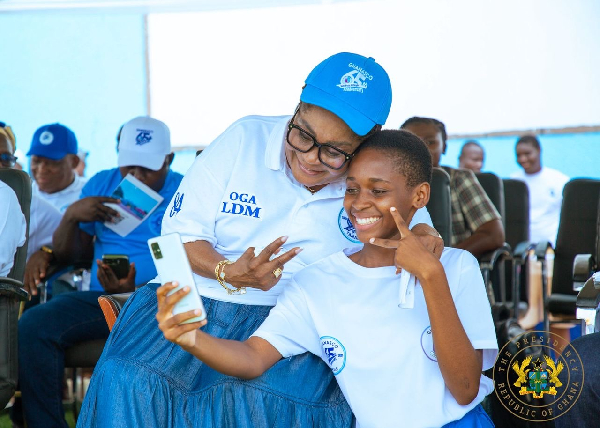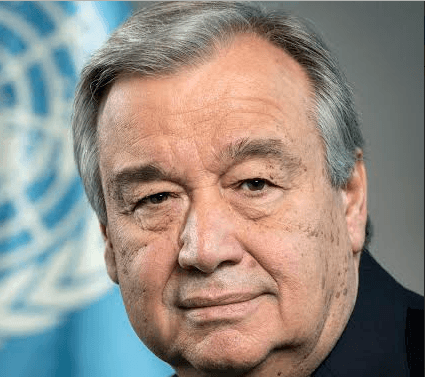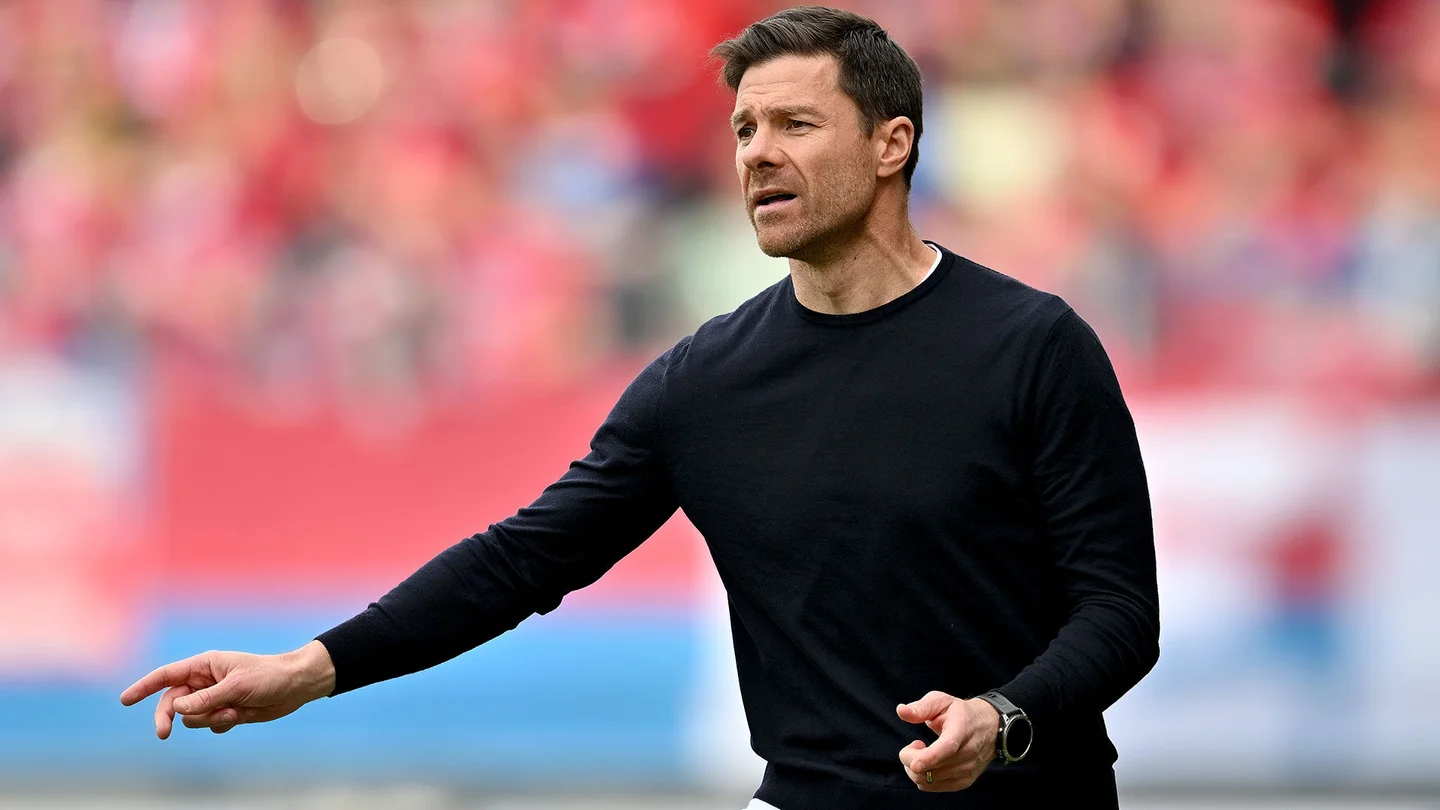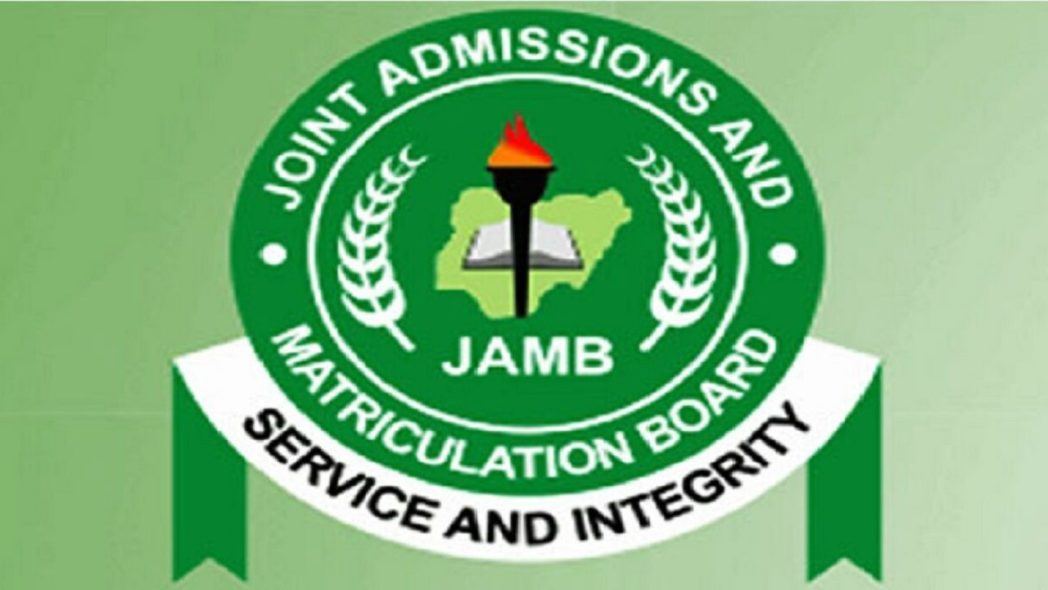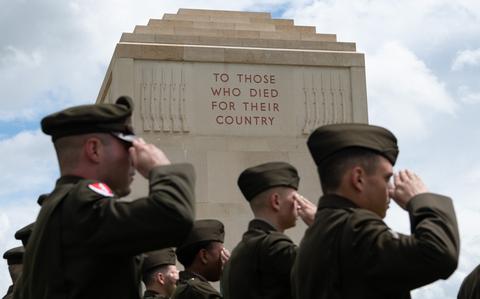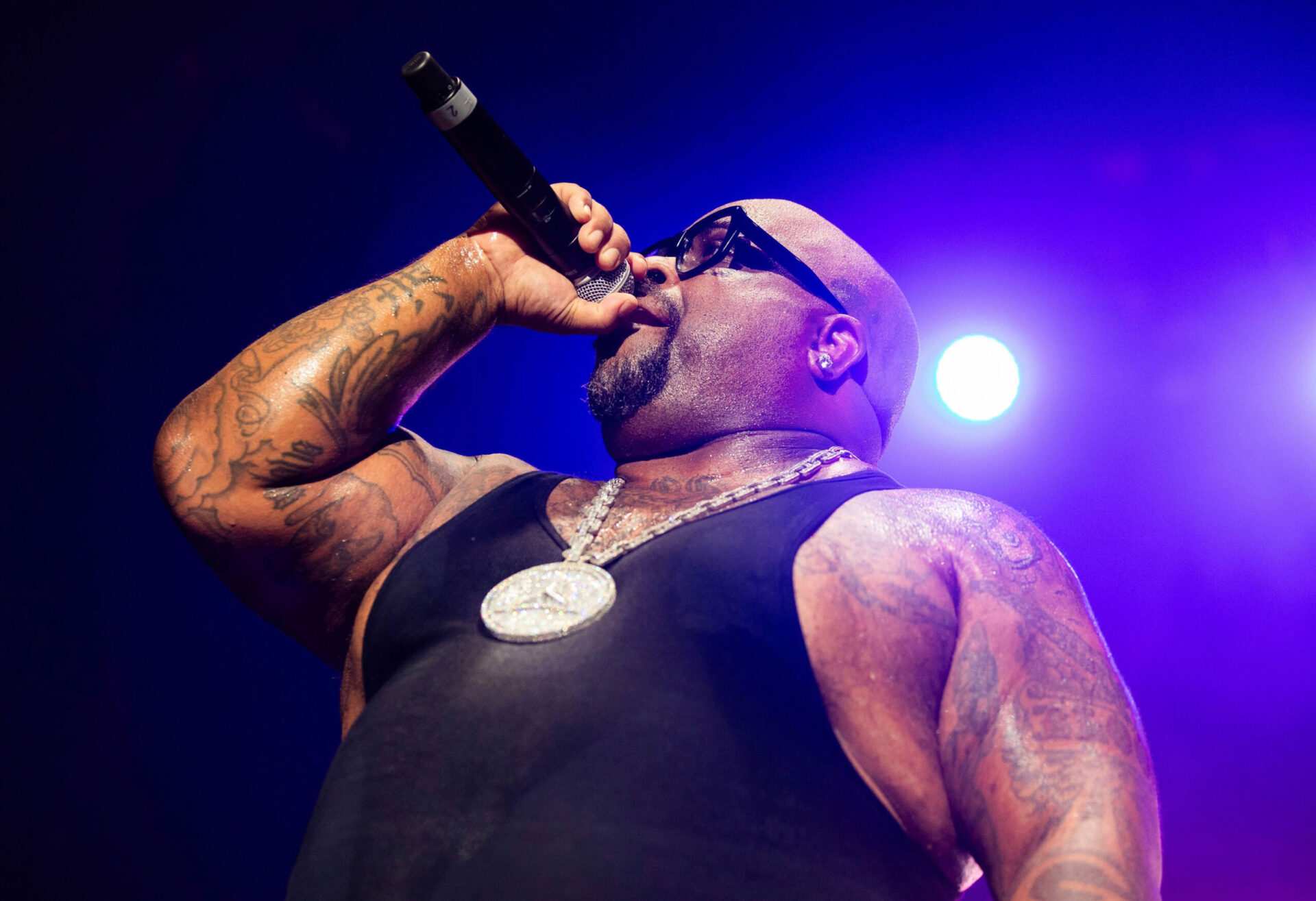'The Last of Us': How Queer Love Grounds It Despite Backlash
The first time that Neil Druckmann and Craig Mazin’s HBO adaptation of “The Last of Us” majorly deviates from the game is also the first time the show begins to find its voice.
The heartbreaking Season 1 episode “Long, Long Time” tells the intimate 20-year love story between Bill (Nick Offerman) and Frank (Murray Bartlett) as the two fall for each other, despite Bill’s more controlling, masculine nature, and even through Frank’s sickness. But in the game, their relationship is merely hinted at when Joel and Ellie discover Frank’s body hanging with a note.
It’s a notable expansion from the game, and the kind of narrative detour your average post-apocalyptic show wouldn’t dare devote an entire episode to. But in a world that has completely left hope behind, watching two men still find a rare form of connection is what gives this show its unique edge. For a genre series set in the aftermath of humanity’s collapse, with zombie-like creatures called the infected threatening the lives of the few humans lucky enough to still be alive, it’s the raw human drama and queer love stories at the heart of HBO’s “The Last of Us” that keeps the show grounded and full of life.
While Season 1’s dramatic arc largely hinged on the father-daughter relationship that forms between Joel (Pedro Pascal) and Ellie (Bella Ramsey), Joel’s death in Season 2 has forced the show to find a new anchor. Druckmann and Mazin have found that in Ellie and Dina’s (Isabela Merced) slow-burn love story, giving the show a new relationship to allow Ellie to grow — while also grappling with the rage she feels after watching Abby (Kaitlyn Dever) kill the only true family she’s known.
Many fans of the show, including myself, wondered how it would continue to evolve without that central Ellie and Joel relationship. But the refreshing care the writers have placed in naturally developing Ellie and Dina’s relationship, in juxtaposition to all the ensuing ripples of violence following Joel’s death, shows that queer love is the grounding force at the center of “The Last of Us” — and always has been. Because while the Bill and Frank episode from Season 1 may not have had the same story implications as the more action-packed episodes, it ties into the larger themes of love finding a way forward against the ruin of everything else.
Not all viewers appear to agree, though. Season 2 has a 39% audience rating on Rotten Tomatoes compared to Season 1’s audience rating of 86%, mirroring the equally strong reaction by gamers to Joel’s death in “Part II.” Like the game’s backlash, which saw actors like Laura Bailey (who originally voiced Abby) receiving death threats, Season 2 is also enduring some cruel review bombing driven by homophobia around Ellie and Dina’s love story. “Long, Long Time” suffered a similar reaction when it first aired, but the negative reactions to this season have been particularly distributing to see — and a sad reflection of the kind of hateful rhetoric becoming more and more common under the political climate.
While Dina largely retains her spirit from the game, here, she is upped to co-lead alongside Ellie. Dina becomes the closest person that Ellie can open up to during a traumatic period in her life. Being with Dina helps Ellie rediscover moments of joy and humor, even if those moments become short-lived as Ellie is consumed by her desire to find and kill Abby.
Casting openly queer actors like Ramsey, who identifies as nonbinary, and Merced, in the lead roles has also been crucial to the storyline’s success. In an interview with Variety about Episode 4, which features a tender sex scene between the two, Merced said: “We both have experience in queer relationships — you can just tell when a girl hasn’t kissed a girl before. You can just feel it. So both of us were already fine and comfortable, and so we could really explore.”
While there are endless conversations to be had about the value of straight actors playing queer parts versus queer actors playing queer parts, Ramsey and Merced’s related experiences clearly added to making this sex scene feel tender. Notably, that episode was directed by Kate Herron, who is bisexual. Peter Hoar, who directed Bill and Frank’s episode from Season 1, is openly gay.
If Druckmann and Mazin intend on following the rest of “The Last of Us Part II” as closely as they have in Season 2, then Lev, a trans man and former Scar member, can be expected to play a major part in Season 3. But while this season of “The Last of Us” has been overshadowed by some of the online vitriol, it would serve the writers and HBO well to continue expanding upon and complicating Ellie and Dina’s relationship — along with the new queer characters being introduced — beyond the template of the original game.

